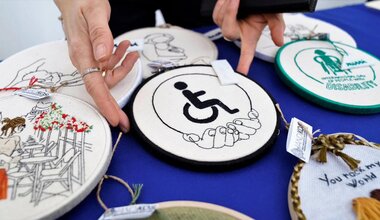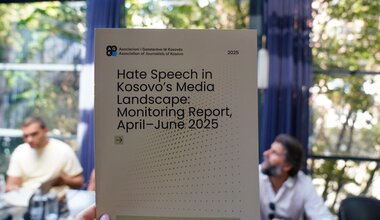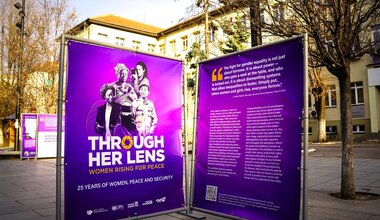Colors of solidarity: Youth from Kosovo communities create collaborative street art at Muralfest Kosovo 2022
Three young women sat together on a couch in the Muralfest Kosovo office in Ferizaj/Uroševac, passionately exchanging ideas on art, their lives, experiences of discrimination, being women from Kosovo and dreaming of a world where they are empowered and united. Refadie Guci, 22, is from the Kosovo-Ashkali community and was unable to complete her education as a result of economic duress; Donjeta Haziri, 19, is a Kosovo-Albanian art student in the Academy of Art in Pristina and Pakize Bujani, 20, works for the uplift of the Kosovo-Ashkali community as a civil society leader in Ferizaj/Uroševac.
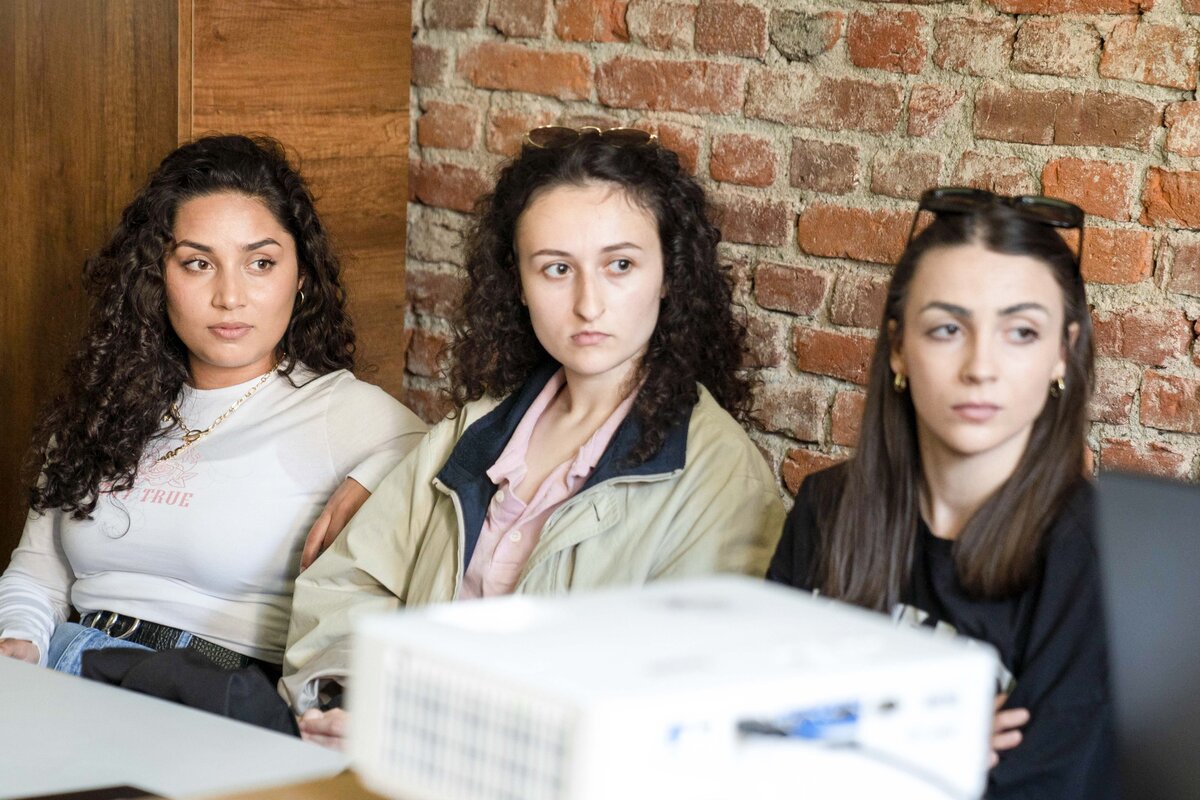
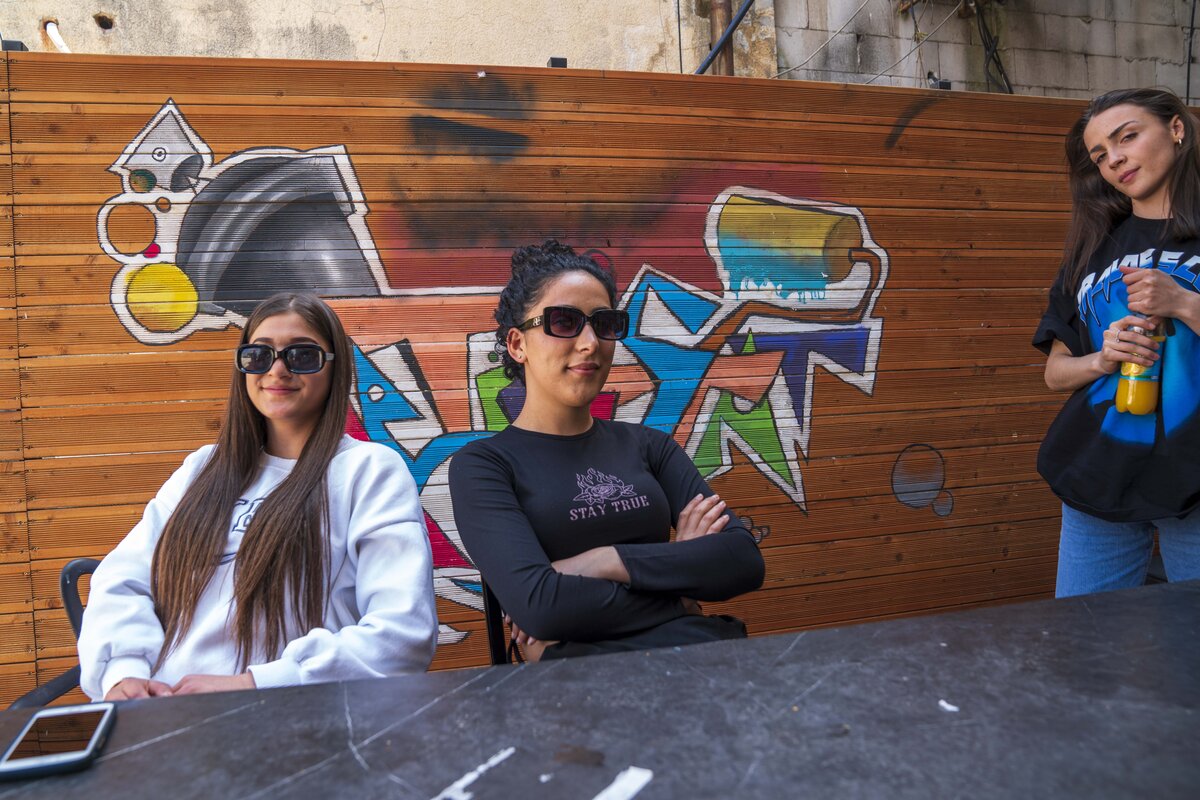
“Interacting with different communities here helped me understand that we can talk about our shared problems, not everyone is unfriendly and if we work together we can achieve true equality,” said Bujani.
The three were among 15 young people from across Kosovo communities who participated in the UNMIK-supported workshop “Connection” as part of Muralfest Kosovo 2022, eventually transforming the identity of the Sallahane neighbourhood in the city to one that represents not only diversity in identity, but also the history and cultural contours of the residents.
In the process, it brought together artists from all over the world and young people from Kosovo to collaborate, ideate and learn more about art, each other and Sallahane’s history through the eyes of its people.
“This art project funded through UNMIK’s Confidence Building Project inspires and encourages Muralfest, our implementing partner, to continue engaging communities in inter-ethnic activities and encourage community representatives to work together for a multicultural society,” said Steffen Felbrich, Office of Community Support, UNMIK.
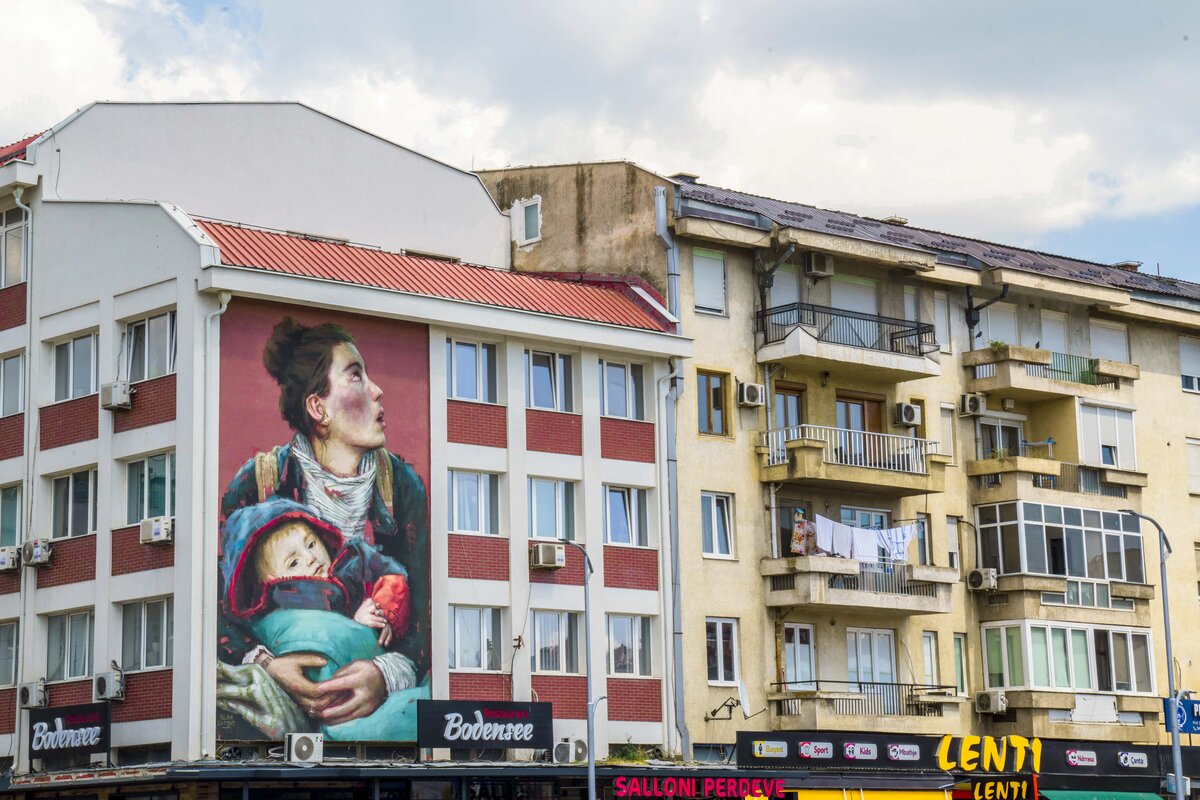
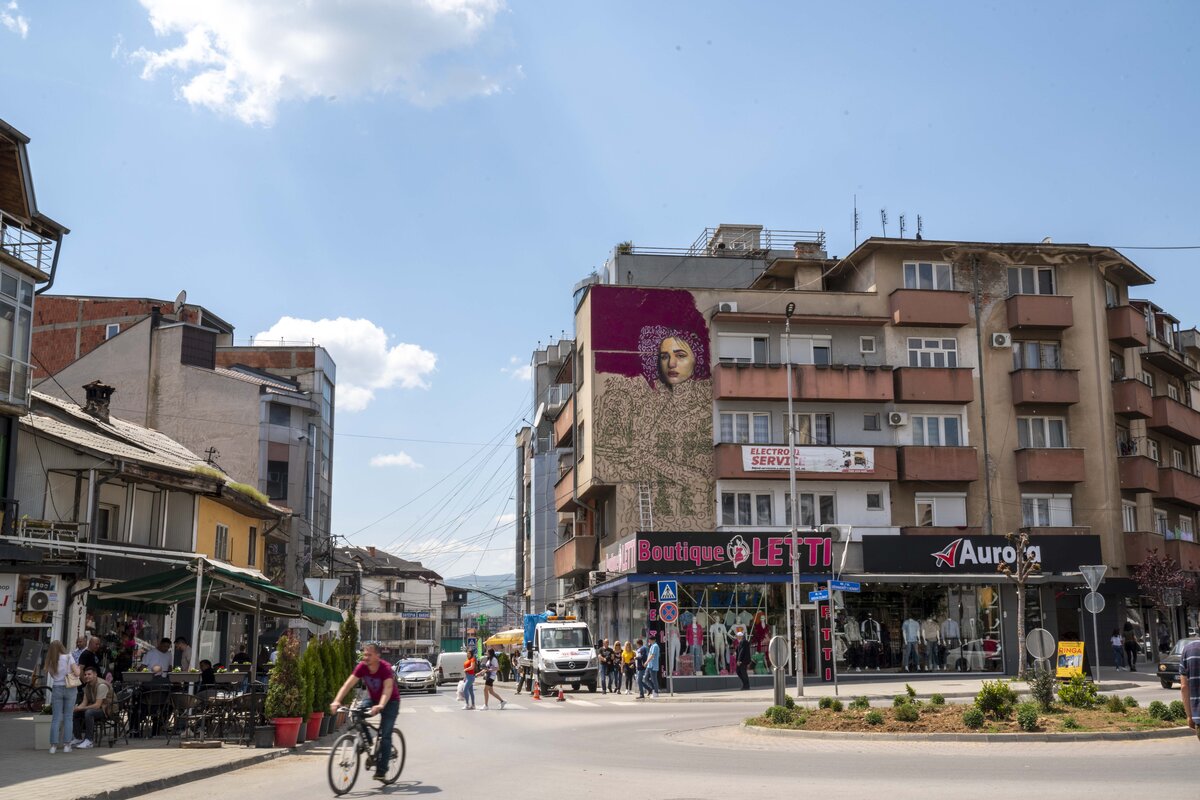
Learning together
These words ring true for the young participants. Donjeta, while speaking about her new friends, said, “I had the chance to visit their home, and I can say with all my heart that they are really amazing people. I have learned about their traditions, their families, their dreams.” She added, “I was pleasantly surprised to learn that it was their (K-Ashkali) community which was one of the first in Ferizaj.”
The process of creating murals in the neighourhood was as informative as it was collaborative. Among the first learning sessions involved an interactive workshop with street artist Gabriel Pitcher from the United Kingdom, where he engaged with the young participants on how to truly represent nuances of identity, unity and expressions through art.
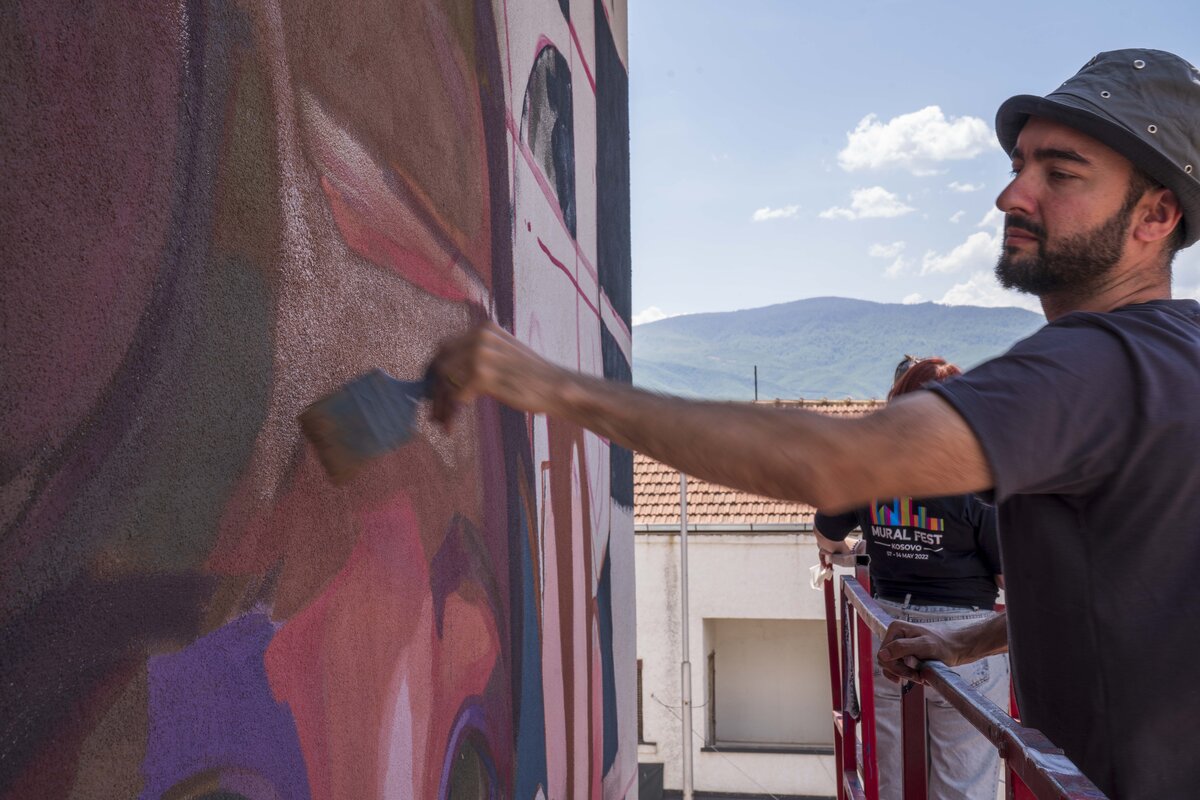
“The young people of Kosovo are engaging, creative and insightful. They want to learn, absorb, get out there. I’m really glad to see enthusiastic attitudes and drive,” said Pitcher after the workshop. “Young people represent a voice that struggles to be heard – people don’t value your opinions so much. Street art changes that – it presents a voice that cannot be ignored. And when society sees young people engaging with artists from the world to do this, it creates a drive for an industry that wasn’t maybe considered viable as before,” he added.
After the workshop with Pitcher, participants went on a reconnaissance of the Sallahane neighbourhood, understanding its bare walls in a city where murals on almost every street tell stories of a shared history and hopeful future. They interacted with residents, spoke to children and elders, understood the communities and the heritage enveloped in this humble locality in Ferizaj/Uroševac.
“We divided them into 5 groups - including one artist, one person who works with civil society and one from the community - to create artwork within the neighbourhood,” said Fortuna Haziri, project Manager, Muralfest Kosovo.
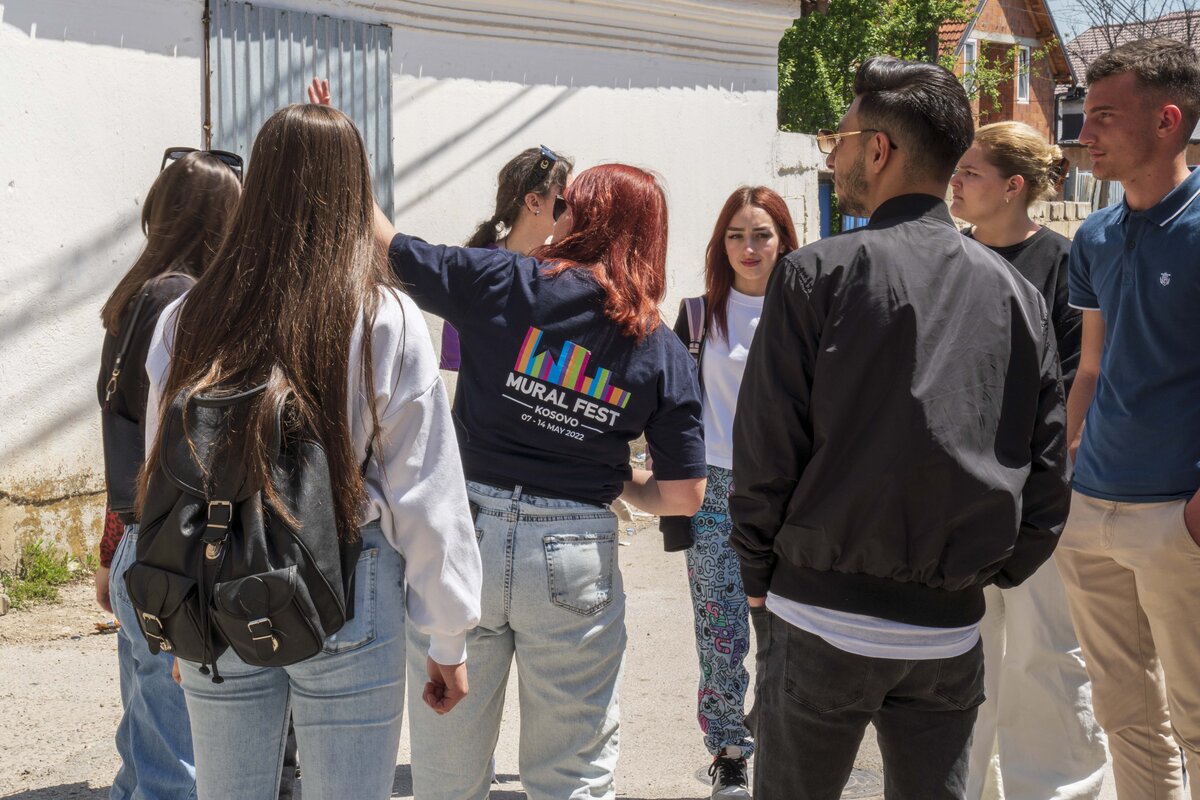
Over a month, they shared ideas, immersed themselves in Sallahane’s world and the end result was a spectacular embodiment of the neighbourhood in collaborative art across its walls.
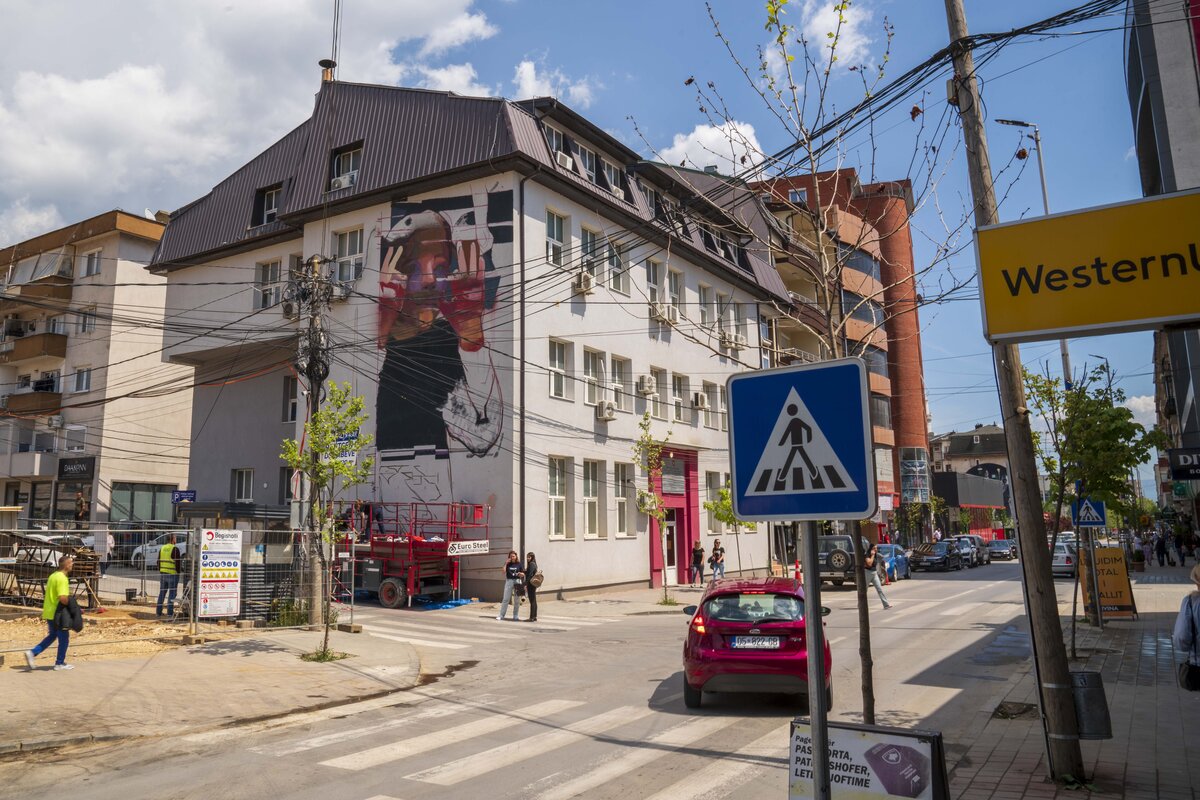
Reimagining identity through art
The collective mural was created by young artists from the Artivists group and selected participants from the workshop. The sketches were all discussed within the team to make a composition of the identity that should be given to the area.
The entrance to Sallahane has murals depicting Karate movements, which represent the pride of the community there - during their research and the workshop, participants learnt that the neighourhood hosts a Karate Club, which has produced many champions.
“We wanted to push forward the idea that this neighbourhood should be recognised for the Karate champions, not for poverty or the other problems and biases that people associate with it,” said Fortuna. “The ghetto areas are in that state because they are neglected, and in Sallahane case we wanted to focus on the possibilities they have and draw attention to these aspects.”
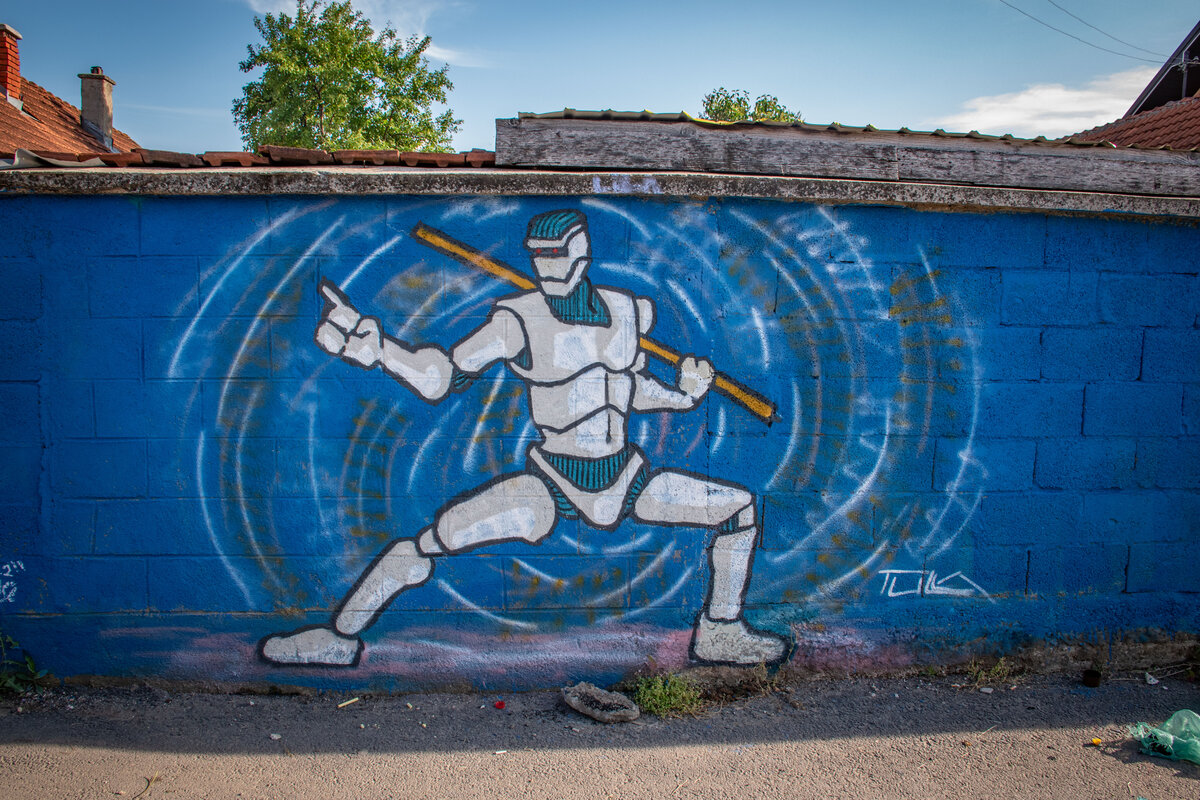
A few metres in and several murals are intertwined as one whole, from which many themes emerge, including customs that unite ethnicities, the impact of technology in our lives, the need for greenery in the area and some painted sceneries which were inspired by the surroundings.
As the young participants worked to create this mural, the residents of the neighourhood joined the group to help them work on their pieces.
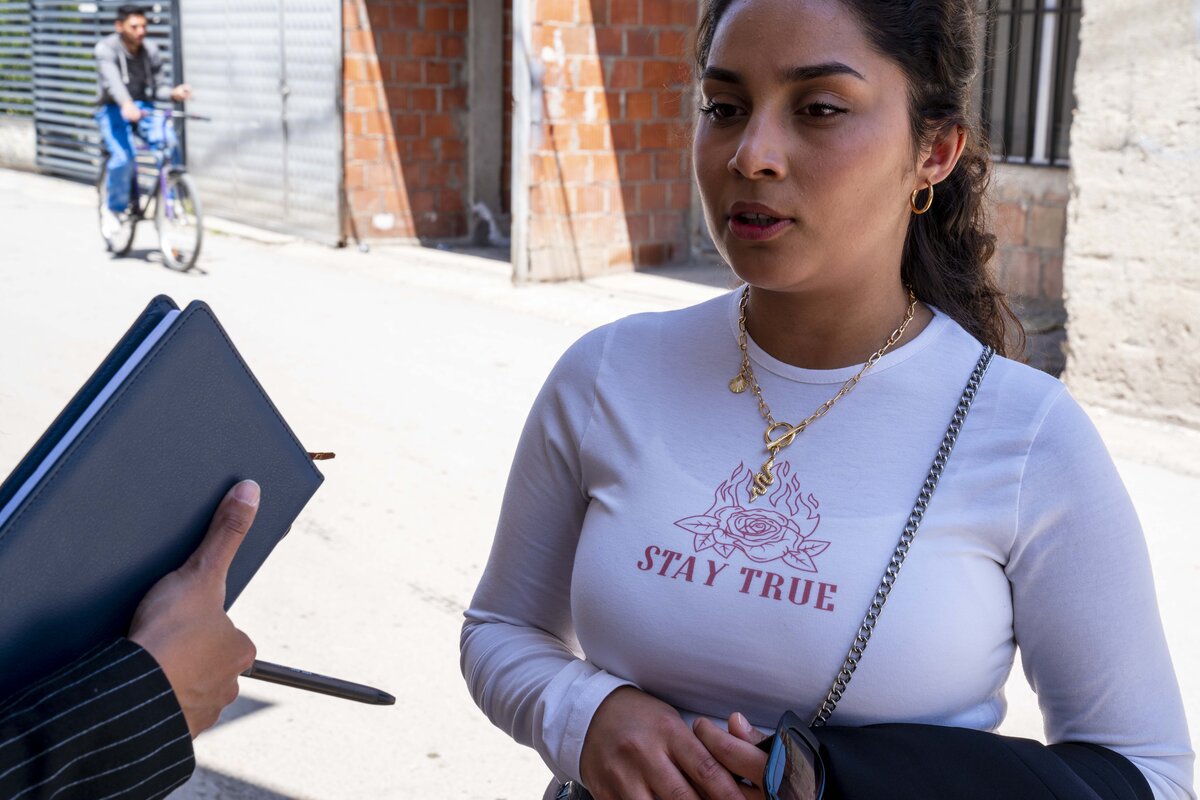
“The residents stood by us every day trying to do as much as they could to make us feel in ease," said Ms. Haziri.
Through this experience, the young participants shared with each other their own lived experiences - Bujani spoke of discrimination as a nurse, others of economic hardship and some of a lack of exposure - building solidarities and bonds even beyond the workshop, fittingly named “Connection”.
Traversing the worlds of art to communication, the young participants donned the hats of painters, students, innovators, researchers, changemakers and eventually - friends - transforming not just a Ferizaj/Uroševac neighourhood with art and unity, but also their lives.
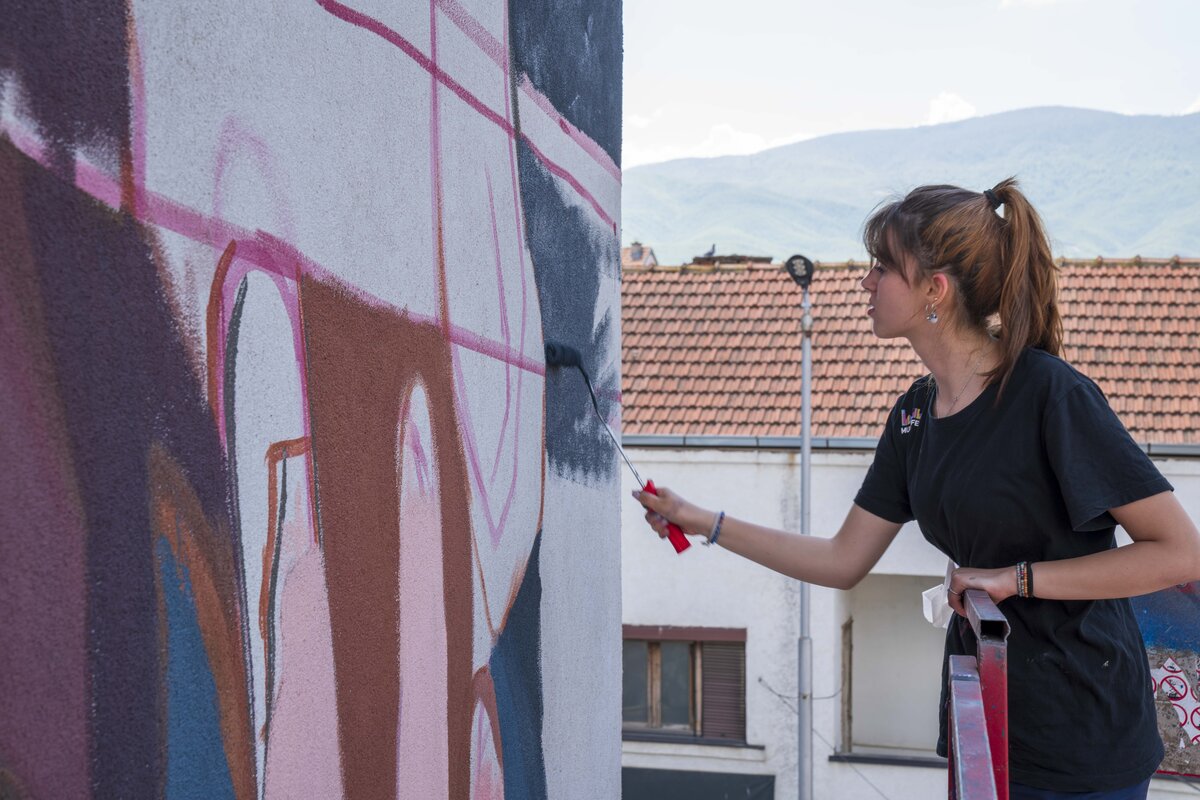

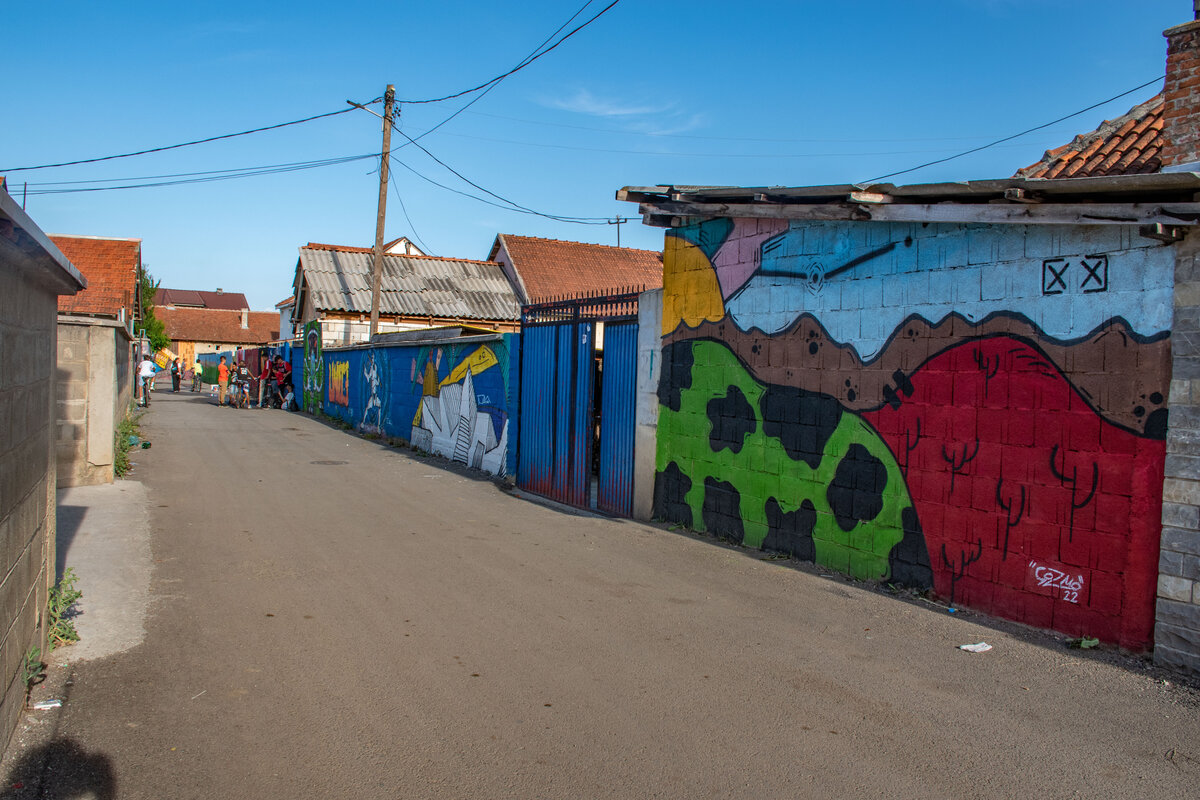
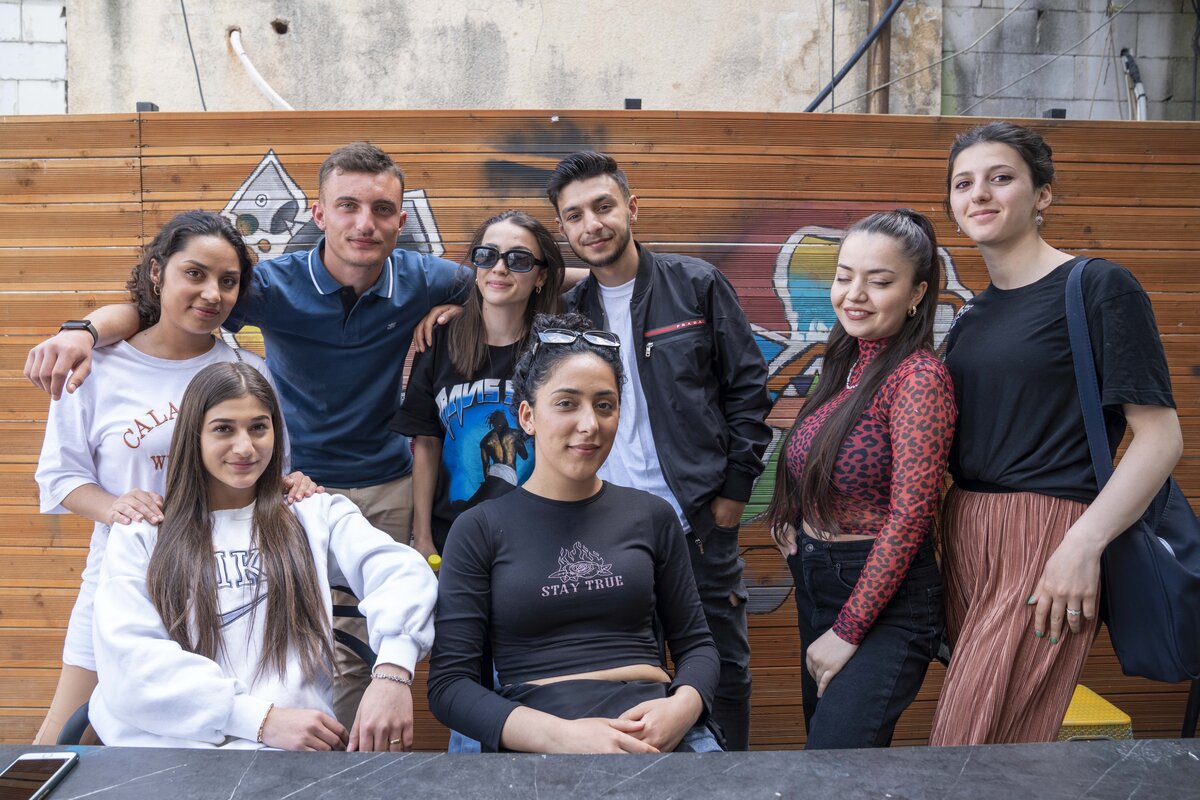
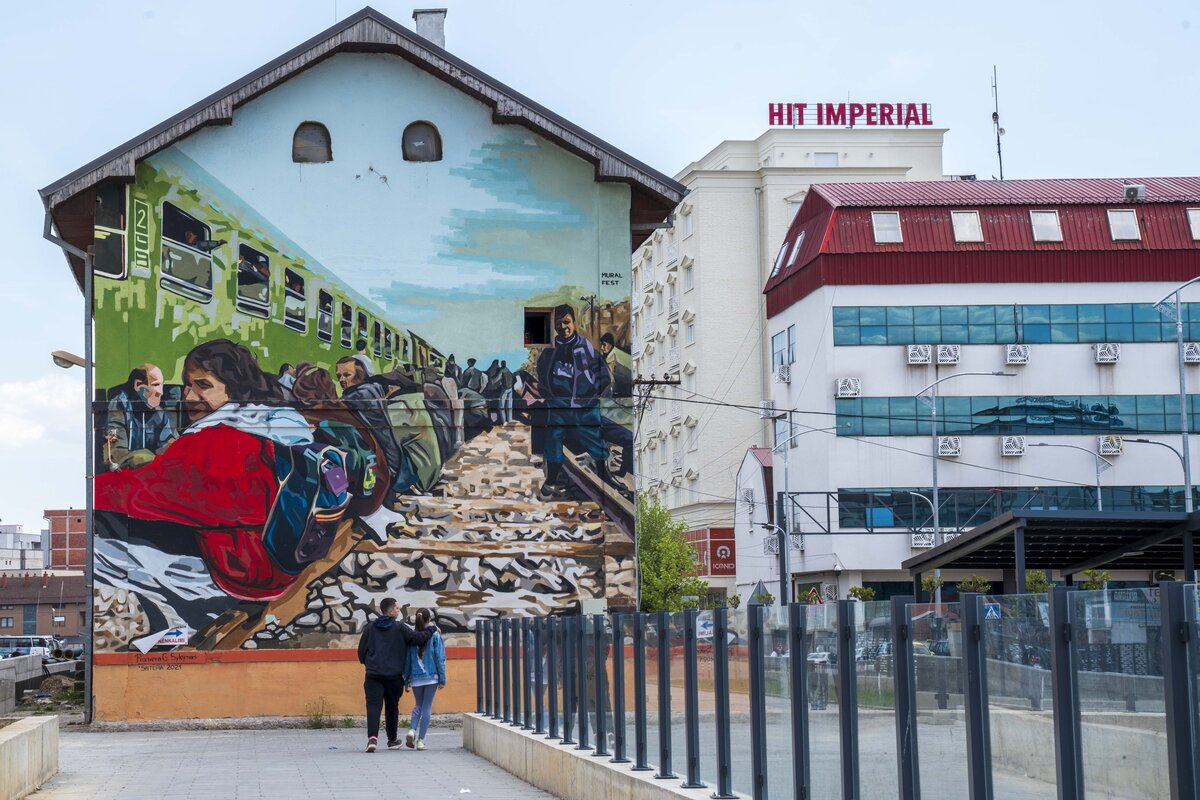
 UN
UN United Nations Peacekeeping
United Nations Peacekeeping






